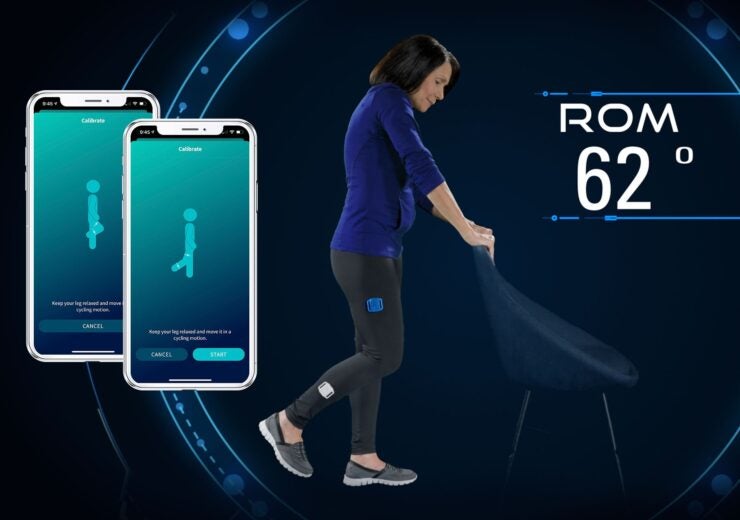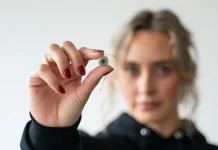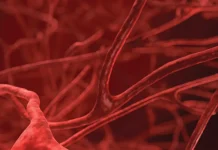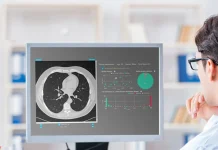Exactech, a medical device firm focused on orthopaedic implants, has acquired Muvr Labs, a developer of advanced wearable patientcare devices, for an undisclosed amount.
With the acquisition, Exactech will add the Muvr portfolio to its Active Intelligence platform of technologies. The portfolio is designed to connect surgeons with joint replacement patients.

The Muvr platform comprises patient wearables, mobile device applications and chatbot texting, which allow surgeons to remotely monitor patient recovery.
Exactech chief executive officer Darin Johnson said: “We are incredibly excited to join efforts with the team at Muvr to transform the relationship between patients and surgeons through this comprehensive care management platform.
“This acquisition demonstrates our continued commitment to delivering personalized, data-driven solutions to improve patient outcomes.”
Muvr technology designed to reduce workload on surgical team
The company’s wearable device continuously transmit real-time data on each patient’s experience and recovery to the healthcare team. Wireless sensors worn by the patients will measure the individual’s range of motion, in addition to counting the steps taken.
Muvr said that the patent-protected, self-calibrating design will enable the patient to manage the wearable independently without additional in-person office visits and requires minimal intervention by the healthcare team.
The firm’s corresponding tablet application is designed to offer a dashboard for surgeons to easily identify patients at risk, and connect with them remotely for follow-up.
Chatbot is a customisable software application, designed to automatically carryout text conversations to help patients with reminders and surgeons respond to patients’ queries
Muvr said that its technology is designed to reduce the workload on surgical team, by collecting pain scores, exercise adherence, mobility metrics and survey information.
The company intends to further develop the technology to support shoulder and ankle replacement surgery.
An orthopaedic surgeon in Fremont, California, Alexander Sah said: “Patients are attracted to the technology because they know our team is monitoring their progress; remarkably, this has caused my patients to take more ownership of their recovery.
“We have already observed an increase in exercise time, patient satisfaction and a reduction in office calls. It’s also very simple to use because it doesn’t require in-office calibration, which allows patients to use the sensors, at home, unsupervised.”




